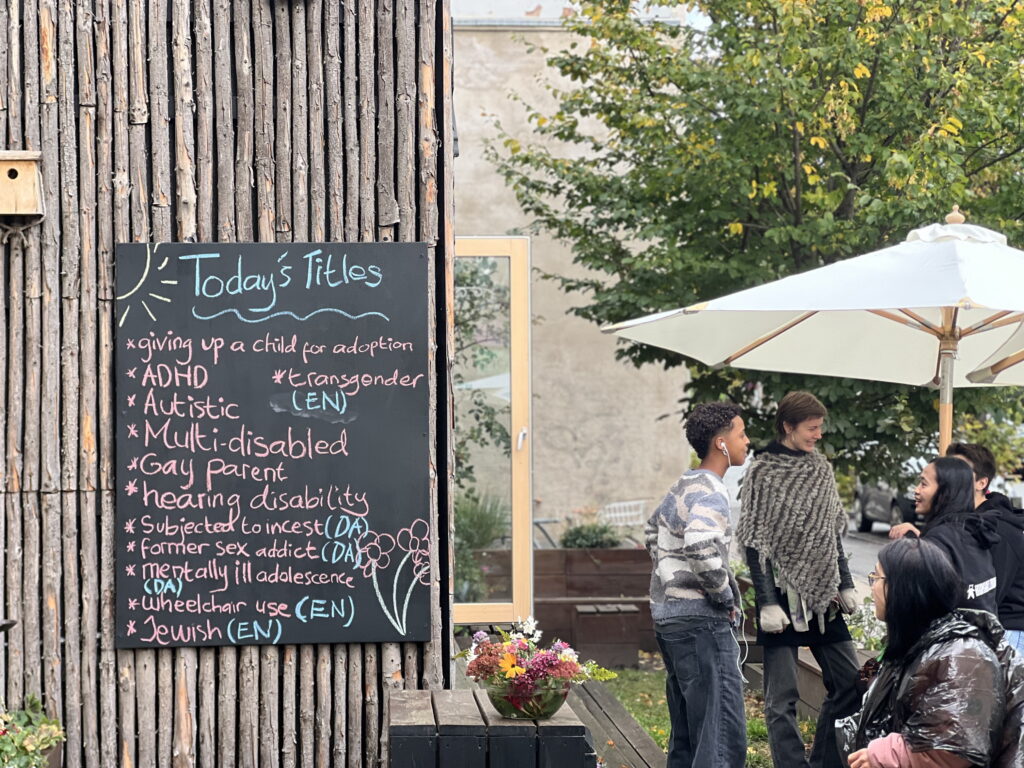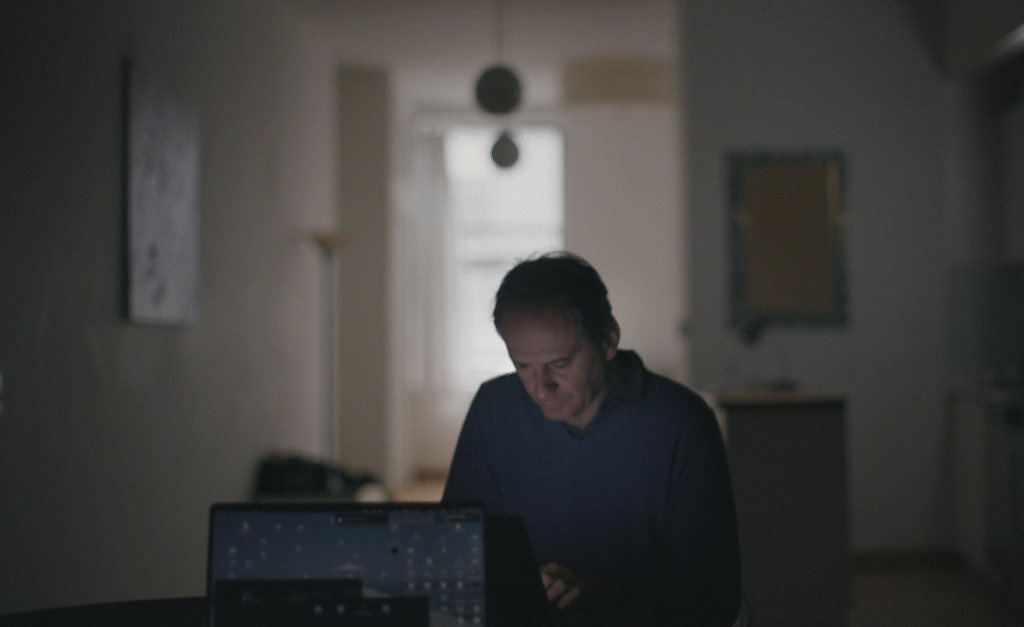The global construction industry is looking for ways to replace concrete, which is responsible for 8% of global carbon emissions. One growing trend is using reinforced timber. Host Carolyn Beeler speaks with Robert Mendelsohn, a professor of forestry at the Yale School of the Environment, about his recent study assessing the market dynamics of “mass timber,” its role in reducing carbon emissions and whether it could result in more forests being planted.
The post A potential market for tree planting emerges as developers eye wood instead of concrete appeared first on The World from PRX.
In the Sickla neighborhood of Stockholm, Sweden, people are moving into a new residential development — apartment buildings, homes, shops and schools — made entirely out of wood.
It’s part of a trend in some countries to build larger and larger developments without concrete. Concrete is responsible for 8% of global greenhouse gas emissions. The World looked at this trend for The Big Fix, our series on the different ways people are trying to curb climate change.
Robert Mendelsohn is a professor of forestry at the Yale School of the Environment. He told Host Carolyn Beeler that the wood used in these construction projects is specially reinforced with lots of thin pieces of wood fused and glued together, called mass timber.
Carolyn Beeler: How exactly do you make wood as strong structurally as concrete? By engineering this wood, do you get wood that is as strong as concrete, or at least usable for some of the same purposes in many contexts?
Robert Mendelsohn: By combining these different layers, it can bear much greater weight. And so, you can build multi-story structures with it.
And how much less carbon intensive is building with mass timber than concrete?
Well, there’s always been life cycle analyses. Originally, they predicted you would get five to 14 gigatons of carbon removed just because wood is less carbon intensive than making cement and steel. But one of the concerns that people have had is that if we use all this wood, aren’t we taking wood out of the forest?
So, that’s where our study came in. What we were trying to do is evaluate the effect on global timber markets by having this new demand. And what we’re able to show is that the mass timber is going to increase the demand for wood. And so the prices of wood are gonna go up and more land will be converted from alternative uses into timber. So, what we were predicting is that with this huge increase in forest land, that you would actually get an additional 20 to 25 gigatons [of carbon] saved.
That’s over an 80-year period?
That’s over a century.
And I did some very back-of-the-envelope calculations because gigatons are hard to wrap your mind around. And that was something like the annual emissions of France?
Yes, about the size of a large country’s annual emissions.
I imagine mass timber is still a bit of a niche product right now. How widespread is its use and is it growing?
So, it is definitely growing. And the only question is, how large will it grow? I, myself, have laminated timber in a pier in front of my house, instead of the steel that was there. Bit by bit, I’m guessing that you’re gonna see much more common use of it. But where you’re seeing it mostly used right now is in Europe and United States. Eventually, what we’re also expecting is that you’ll see contributions from other countries, like Brazil and China, as the mass timber market grows in context.
I want to get to the sustainability of growing wood for this purpose. Wood can be grown and farmed very sustainably, but I would imagine there are ways that it can be grow in a not sustainable way. Like if you’re clearing other types of land to monocrop timber. If demand got high enough, could this push into unsustainable forestry practices?
Well, it’s possible it could, but it turns out today that the price of timber is high enough that it pays to grow a tree in order to harvest it. Almost all the trees now that are being used in the timber market have been grown for the timber market. And by expanding the timber market a little bit more, what we’re doing is creating a market incentive to grow more trees.
How does the cost of building a mass timber building compare to building with traditional construction methods?
Well, they’re close already, which is why you’re seeing examples of mass timber being produced around the world. My sense is that if we also added a subsidy, that that would actually tip the balance and make mass timber much more attractive. And you would see a much quicker adoption of mass timber.
This interview has been lightly edited and condensed for clarity.
The post A potential market for tree planting emerges as developers eye wood instead of concrete appeared first on The World from PRX.
View Entire Post











